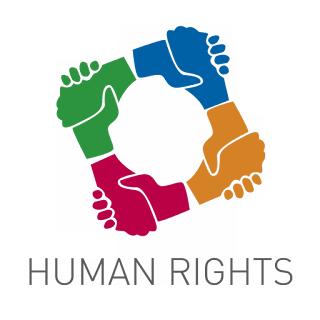Promising Practice Conference at
Rhode Island college was a good experience even though it was super hard to
wake up that early. Anyways before the two workshops the lady who opened the
conference with a presentation made some very interesting points that in some
way connect to our class. She talked about a variety of gaps that exists in the
United States that we haven’t covered in our class. For example overdose with drugs, HIV among
gay individuals, and the percentage of who gets their high diploma or not. This
class has made me realize how messed up and the amount of fixing this country
needs. Because these issues are higher in societies like the one I grew up in,
and before this class I used to always blame the citizens who are in this
situations but the truth is that the systems places a huge part on making it
happen.
My first workshop was interesting
but I knew most of the stuffs they talked about. I picked it because I knew a
little about it but I expected to gain some more information about it. The presenter
talked about the reasons why sexuality education is a good thing to have in
schools. For example like it gives the students knowledge, early onset of
puberty, improve communication and for the safety of the students. I feel like
she gave lots of information but she rushed it which didn’t help as much
because it felt like many statements with no explanations. I prefer learning of
something resourceful in the way that it’s easy to understand and remember and
I can always go back to but she just gave us a ton of information all at once
making hard to keep up and learn.
On the other hand my second
workshop was more resourceful but less of my interest. There were two
presenters, which I believe they did a very good job. There were many questions
asked and all of them were answered which gave me a better understanding even
though I wasn’t the one asking them. The main topic of the workshop was about
how in New England States there are many programs which focus on helping
professionals who have health issues like alcohol and other drugs addiction.
I
expected to have more connections to our topics in class but I feel like these
two workshops focus on making safe places where these individuals (students
& professional) can get information about problems or get treated and
helped.













